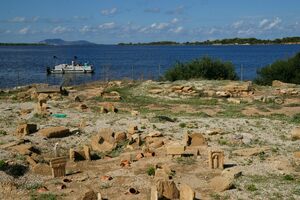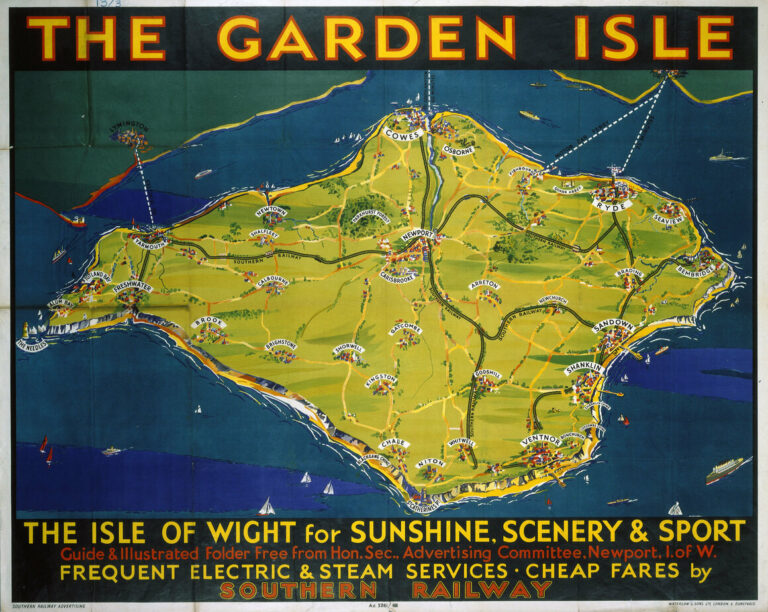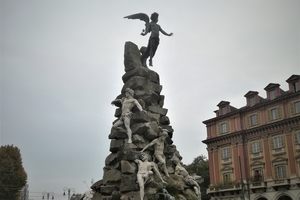Tophet of Motya in Marsala, Italy

The city of Motya was a rich Phoenician colony located on a small island off the western coast of Sicily. It was one of the most important towns in the Mediterranean when it was controlled by Carthage during the 5th-century BCE.
Motya was famously destroyed by troops from the Greek city-state of Syracuse during the Second Sicilian War in 398 BCE. Not much remained of the city and it was lost to history for centuries, that is until the site was rediscovered in the 18th-century on what is now known as San Pantaleo Island. The excavations brought to light a large number of archaeological finds and many buildings have since been identified.
One of the most important areas of Motya was the tophet, an ancient Phoenician sanctuary located near the northern coast of the island. The function of tophets in Phoenician and Carthaginian society is not completely known, but many scholars agree that they were sites where ritualistic sacrifices were performed.
The cremated remains of children and urns have been found in the Tophet of Motya. A well, an altar, and a temple also belonged to the complex that was used as a cemetery.





